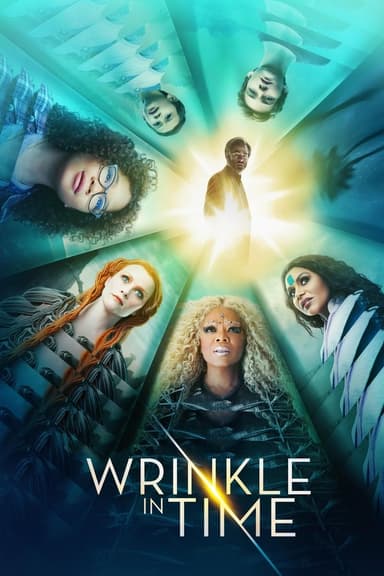
The Water Horse
2007 • Adventure, Family, Fantasy • PG
A lonely boy discovers a mysterious egg that hatches a sea creature of Scottish legend.
Runtime: 1h 52m
Why you should read the novel
Delve into the enchanting world of Dick King-Smith’s 'The Water Horse,' where imagination and nature weave together to create a fantastic legend. The novel provides a gentle, humorous, and deeply heartfelt narrative that brings readers into the mysterious beauty of Scotland’s wild landscapes. Through its rich prose and charming illustrations, the book kindles the reader’s wonder, making it an unforgettable experience for children and adults alike.
Reading the novel offers a quieter, more reflective story than the movie adaptation. You'll discover subtle themes of family, friendship, and hope, all delivered through the author's lovingly crafted language. The book invites you to picture its wonders in your own imagination instead of seeing someone else’s vision realized on a screen.
By choosing the original novel, you engage more deeply with Dick King-Smith's original intent, basking in a story that emphasizes curiosity, compassion, and the magic of nature. If you delight in well-written children's literature and crave an uplifting escape, 'The Water Horse' will leave you both charmed and inspired.
Adaptation differences
One of the main differences between 'The Water Horse' film and the original novel is the setting. While the book is set around World War II Scotland, it keeps its timeline more ambiguous and its setting more rural and intimate, focusing primarily on the small family unit. The film, however, broadens the story’s scope, highlighting the wartime military presence and injecting additional scenes related to soldiers and conflict for dramatic effect.
The introduction and development of characters also diverge significantly. In the novel, the main child protagonist is a girl named Kirstie, while in the film, the central character is turned into a boy called Angus. The family dynamic and relationships are altered accordingly. These changes shift the emotional core and focus of the story, creating a new trajectory for character growth and interaction.
The depiction of the water horse itself—the mythical creature otherwise known as Crusoe—also sees noticeable modifications. The book presents the creature’s life cycle and behavior in a subtler, more mysterious way, with less emphasis on action and spectacle. The film, conversely, employs visual effects and dramatic sequences to highlight the water horse’s connection to Scottish folklore, intensifying the excitement but losing some of the book’s understated magic.
Finally, the tone and style of storytelling differ between versions. Dick King-Smith’s gentle narrative voice, laced with wit and whimsy, encourages thoughtful reading and a slow-burn attachment to the story. The movie, while capturing the basic premise, amplifies the fantasy elements and suspense for a cinematic audience, sometimes at the cost of the novel’s nuanced atmosphere and tender humor. Readers seeking a quieter, more contemplative tale will find the book offers an experience distinct from its film adaptation.
The Water Horse inspired from
The Water Horse
by Dick King-Smith











